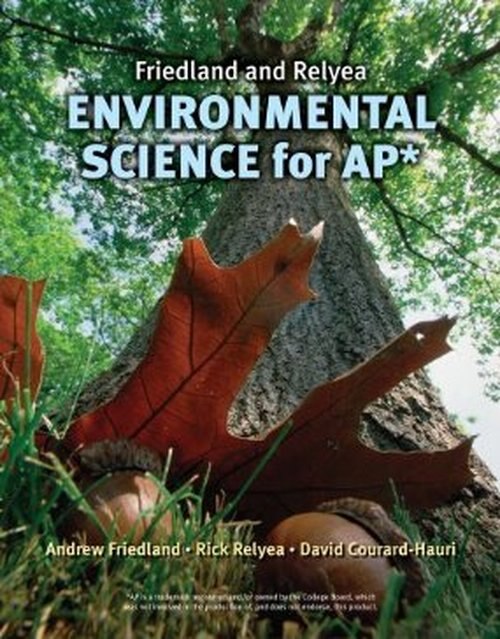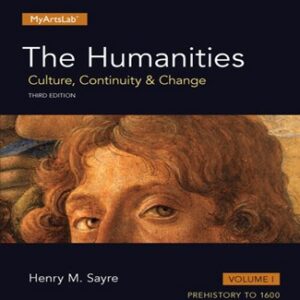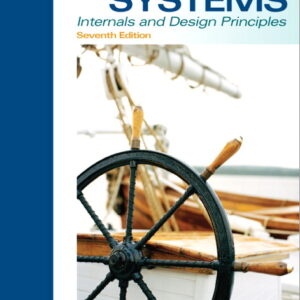Test Bank Friedland Relyea Environmental Science For AP
$55.00
Test Bank Friedland Relyea Environmental Science For AP
Test Bank Friedland Relyea Environmental Science For AP
Multiple Choice 0 points Modify Remove
Question The death of a billion fish in the Neuse River of North Carolina in 1991 was caused by Answer ; ; overfishing the food source of the ; ; acid rain.
Add Question Here
Multiple Choice 0 points Modify Remove
Question Pfiesteria is a Answer microscopic free living ; macroscopic ; ; ; nutrient.
Add Question Here
Multiple Choice 0 points Modify Remove
Question Pfiesteria has many life stages, including a I. carnivorous stage. II. free-floating amoeba stage. III. stage that allows development of a protective casing. Answer I only II only III only I and III I, II, and III
Add Question Here
Multiple Choice 0 points Modify Remove
Question The factor that enabled Pfiesteria to enter the life stage that caused fish kills in the Neuse River of North Carolina is that Answer all Pfiesteria are dangerous to aquatic life ; the development of a protective coat prevented the work of ; overfishing caused a decrease in ; nutrients were added to the ; drought made conditions appropriate.
Add Question Here
Multiple Choice 0 points Modify Remove
Question The effect of a Pfiesteria outbreak on humans is a(n) Answer decrease in ; economic loss from decreased seafood ; decrease in recreational ; increase of skin sores and ; All of the above
Add Question Here
Multiple Choice 0 points Modify Remove
Question When we discuss “our environment,” we are referring to Answer all conditions in the ; only interactions that affect human ; only conditions that cause negative effects on our ; primarily interactions that harm the ; the sum of all the conditions surrounding us that influence life.
Add Question Here
Multiple Choice 0 points Modify Remove
1 of 12
Question The study of environmental science is concerned with Answer the interactions among human systems and those found in ; biotic and abiotic interactions with human ; only abiotic ; only biotic ; Both A and B
Add Question Here
Multiple Choice 0 points Modify Remove
Question The Neuse River is considered a system because it involves Answer components that influence each other ; specifically interacting biotic components that influence each ; interacting abiotic ; components that interact and influence one another through material or energy ; components that influence one another only through the water.
Add Question Here
Multiple Choice 0 points Modify Remove
Question An ecosystem is a location on Earth that includes I. only biotic components. II. only abiotic components. III. interacting living and non-living components. Answer I only II only III only I and II only I, II, and III
Add Question Here
Multiple Choice 0 points Modify Remove
Question The difference between an environmentalist and an environmental scientist is Answer negligible because both care about ; that an environmentalist is involved in a social movement; whereas an environmental scientist is concerned with the methods of ; that an environmental scientist has a background in biology and chemistry; whereas an environmentalist studies the ; an environmentalist is generally a ; an environmentalist is involved in a social movement; whereas an environmental scientist is concerned with politics.












Reviews
There are no reviews yet.